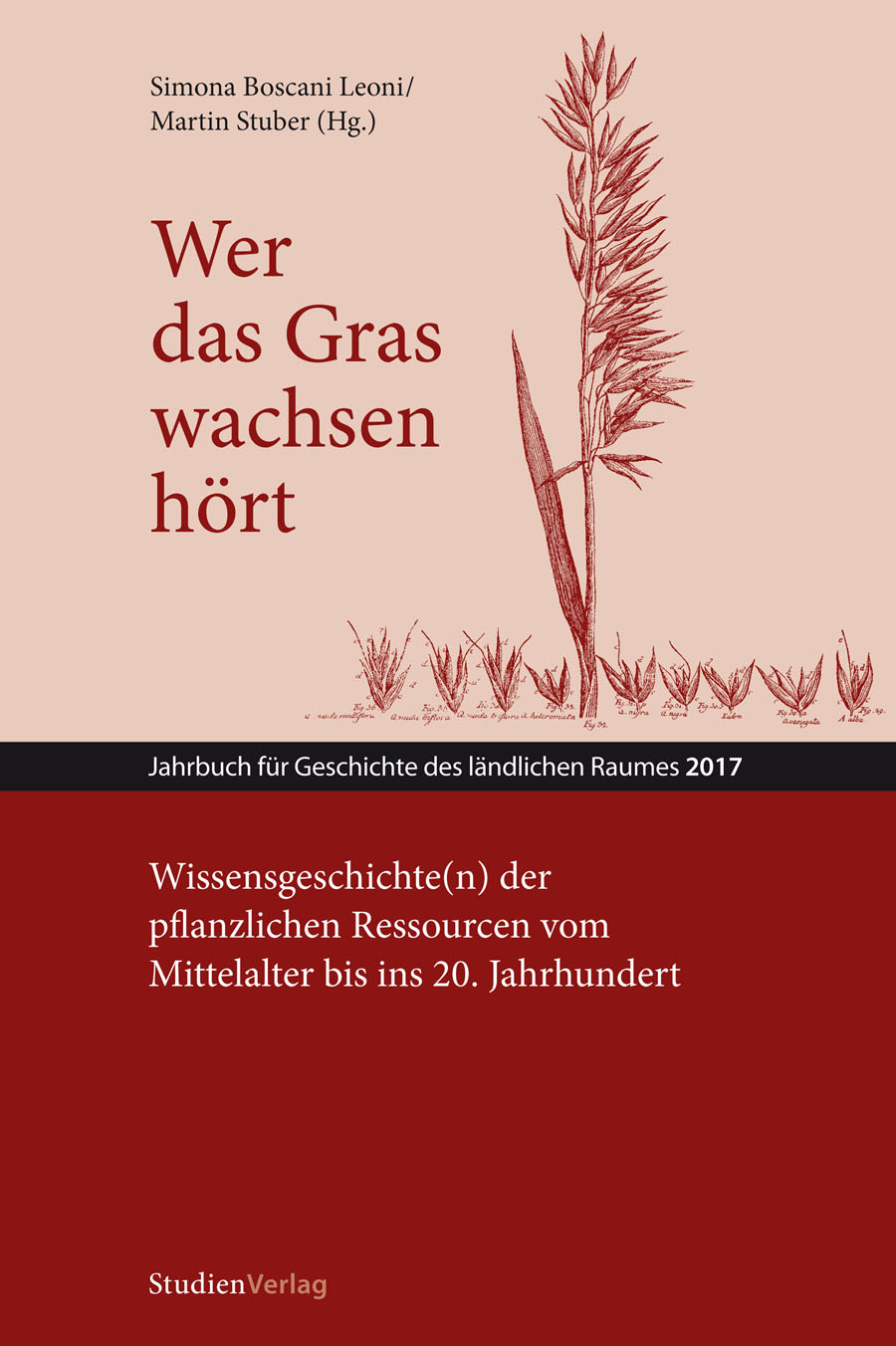Hanf – Flachs – Brennnessel
Wie die Oekonomische Gesellschaft Bern die Kultur der Textilpflanzen förderte
DOI:
https://doi.org/10.25365/rhy-2017-9Abstract
The production and manufacture of flax and hemp were important subjects of the Economic Society of Berne (Oekonomische Gesellschaft Bern). The findings of this article are based on the journal of the Bernese Economic Society, on its correspondence and on the so called “topographical descriptions” that inform readers about agriculture in a specific community or region. The sources deriving from the Bernese Society about these textile plants provide good
examples to show the way new knowledge was acquired in the 18th and 19th century, until it was acknowledged as secured and valid. It can be shown that international publications (The Dublin Society’s Weekly Observations) as well as traditional methods and experiences in Flanders, Ireland and Switzerland were combined and that only the exchange of all these elements led to new insights. Simultaneously, the society was also active in transferring seeds
from Riga to Berne, which at the time were known as the best flax-seeds. The Oekonomische Gesellschaft Bern was an important platform for communication about agricultural innovations and for the exchange of new methods and techniques in agricultural production. The network and the publications of the society were essential to the generation and diffusion of new knowledge about textile plants. Moreover, some of its activities’ outcomes were included in international encyclopaedias such as to the Krünitz in Germany and the Encyclopédie méthodique in France.


